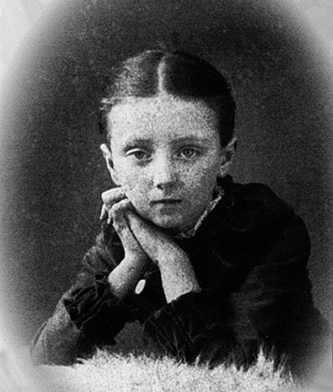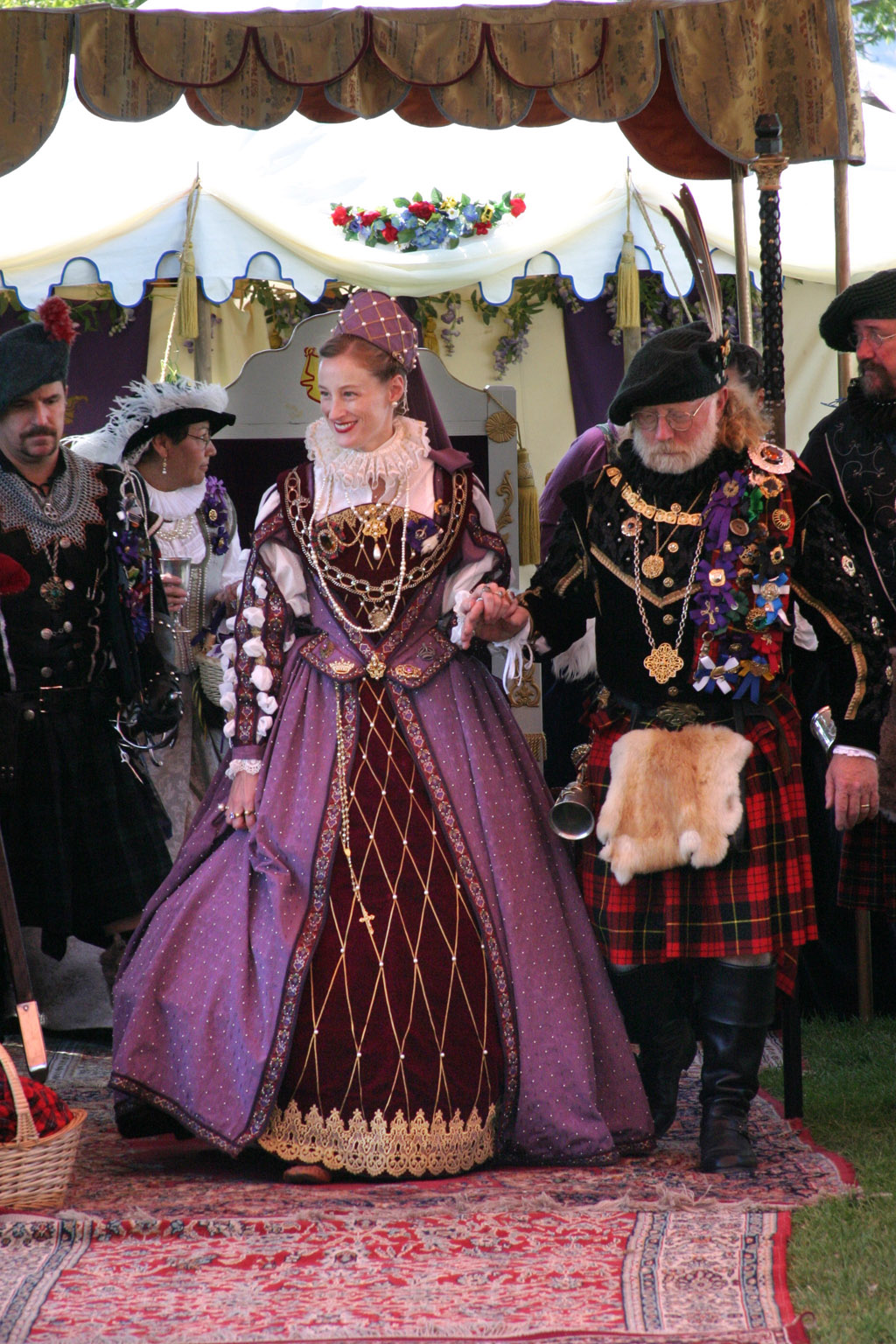|
Linsey-woolsey
Linsey-woolsey (less often, woolsey-linsey or in Scots, ) is a coarse twill or plain-woven fabric woven with a linen warp and a woollen weft. Similar fabrics woven with a cotton warp and woollen weft in Colonial America were also called linsey-woolsey or wincey.Baumgarten, Linda: ''What Clothes Reveal: The Language of Clothing in Colonial and Federal America'', Yale University Press, 2002. , page 96 The name derives from a combination of ''lin'' (an archaic word for flax, whence "linen") and ''wool''. This textile has been known since ancient times; known as () in Hebrew, the Torah and hence Jewish law explicitly forbid wearing it. History Mentions of a linsey-woolsey appear in late medieval sources in the Netherlands, as well as in other north-western European areas in the proceeding couple hundred years. In French, it went by "tiretaine", Danish "thirumtej", and by other names in other languages. These names were anglicised as "turtein" or "tartan" (not to be confused with tar ... [...More Info...] [...Related Items...] OR: [Wikipedia] [Google] [Baidu] |
Stuff (cloth)
In the context of materials, stuff can refer to any ''manufactured'' material. This is illustrated from a quote by Sir Francis Bacon in his 1658 publication ''New Atlantis'': "Wee have also diverse Mechanicall Arts, which you have not; And Stuffes made by them; As Papers, Linnen, Silks, Tissues; dainty Works of Feathers of wonderfull Lustre; excellent Dies, and many others." In Coventry, those completing seven-year apprenticeships with stuff merchants were entitled to become freemen of the city. One type of stuff was a type of coarse thickly woven cloth manufactured in various places, formerly including Kidderminster. Originally it was probably entirely of wool, but later a " woolsey-linsey" cloth, made with a warp of linen, yarn and a worsted weft. The gowns of most English lawyers are still described as "stuff gowns" (though probably now made of other fibres). This is in contrast with those of Queen's Counsel, which are made of silk, whence they are termed "silks". Thus, "stu ... [...More Info...] [...Related Items...] OR: [Wikipedia] [Google] [Baidu] |
Shatnez
''Shatnez'' (or ''shaatnez'', ; he, ) is cloth containing both wool and linen (linsey-woolsey), which Jewish law, derived from the Torah, prohibits wearing. The relevant biblical verses ( and ) prohibit wearing wool and linen fabrics in one garment, the blending of different species of animals, and the planting together of different kinds of seeds (collectively known as ). Etymology The word is not of Hebrew origin, and its etymology is obscure. Wilhelm Gesenius's ''Hebrew Dictionary'' cites suggestions that derive it from Semitic origins, and others that suggest Coptic origin, finding neither convincing. The Septuagint translates the term as , meaning 'adulterated'. The Mishnah in tractate Kil'ayim (9:8), interprets the word as the acrostic of three words: 'combing', 'spinning', and 'twisting'. The Modern Hebrew word means 'mixture'. Interpretation Early writers, like Maimonides, state that the prohibition was a case of the general law () against imitating Cana ... [...More Info...] [...Related Items...] OR: [Wikipedia] [Google] [Baidu] |
Shaatnez
''Shatnez'' (or ''shaatnez'', ; he, ) is cloth containing both wool and linen (linsey-woolsey), which Jewish law, derived from the Torah, prohibits wearing. The relevant biblical verses ( and ) prohibit wearing wool and linen fabrics in one garment, the blending of different species of animals, and the planting together of different kinds of seeds (collectively known as ). Etymology The word is not of Hebrew origin, and its etymology is obscure. Wilhelm Gesenius's ''Hebrew Dictionary'' cites suggestions that derive it from Semitic origins, and others that suggest Coptic origin, finding neither convincing. The Septuagint translates the term as , meaning 'adulterated'. The Mishnah in tractate Kil'ayim (9:8), interprets the word as the acrostic of three words: 'combing', 'spinning', and 'twisting'. The Modern Hebrew word means 'mixture'. Interpretation Early writers, like Maimonides, state that the prohibition was a case of the general law () against imitating Canaanit ... [...More Info...] [...Related Items...] OR: [Wikipedia] [Google] [Baidu] |
Wool
Wool is the textile fibre obtained from sheep and other mammals, especially goats, rabbits, and camelids. The term may also refer to inorganic materials, such as mineral wool and glass wool, that have properties similar to animal wool. As an animal fibre, wool consists of protein together with a small percentage of lipids. This makes it chemically quite distinct from cotton and other plant fibres, which are mainly cellulose. Characteristics Wool is produced by follicles which are small cells located in the skin. These follicles are located in the upper layer of the skin called the epidermis and push down into the second skin layer called the dermis as the wool fibers grow. Follicles can be classed as either primary or secondary follicles. Primary follicles produce three types of fiber: kemp, medullated fibers, and true wool fibers. Secondary follicles only produce true wool fibers. Medullated fibers share nearly identical characteristics to hair and are long but lack c ... [...More Info...] [...Related Items...] OR: [Wikipedia] [Google] [Baidu] |
Compton Mackenzie
Sir Edward Montague Compton Mackenzie, (17 January 1883 – 30 November 1972) was a Scottish writer of fiction, biography, histories and a memoir, as well as a cultural commentator, raconteur and lifelong Scottish independence, Scottish nationalist. He was one of the co-founders in 1928 of the National Party of Scotland along with Christopher Murray Grieve, Hugh MacDiarmid, Robert Bontine Cunninghame Graham, R. B. Cunninghame Graham and John MacCormick. He was Knight Bachelor, knighted in 1952. Background Edward Montague Compton Mackenzie was born in West Hartlepool, County Durham, England, into a theatrical family of Mackenzies, many of whose members used Compton as their stage surname, starting with his English grandfather Henry Compton (actor), Henry Compton, a well-known William Shakespeare, Shakespearean actor of the Victorian era. His father, Edward Compton (actor), Edward Compton Mackenzie, and mother, Virginia Frances Bateman, were actors and theatre company managers; h ... [...More Info...] [...Related Items...] OR: [Wikipedia] [Google] [Baidu] |
Anne Of Green Gables
''Anne of Green Gables'' is a 1908 novel by Canadian author Lucy Maud Montgomery (published as L. M. Montgomery). Written for all ages, it has been considered a classic children's novel since the mid-20th century. Set in the late 19th century, the novel recounts the adventures of Anne Shirley, an 11-year-old orphan girl, who is sent by mistake to two middle-aged siblings, Matthew and Marilla Cuthbert, who had originally intended to adopt a boy to help them on their farm in the fictional town of Avonlea in Prince Edward Island, Canada. The novel recounts how Anne makes her way through life with the Cuthberts, in school, and within the town. Since its publication, ''Anne of Green Gables'' has been translated into at least 36 languages and has sold more than 50 million copies, making it one of the best-selling books worldwide. It was the first of many novels; Montgomery wrote numerous sequels, and since her death another sequel has been published, as well as an authorized prequel ... [...More Info...] [...Related Items...] OR: [Wikipedia] [Google] [Baidu] |
Lucy Maud Montgomery
Lucy Maud Montgomery (November 30, 1874 – April 24, 1942), published as L. M. Montgomery, was a Canadian author best known for a collection of novels, essays, short stories, and poetry beginning in 1908 with '' Anne of Green Gables''. She published 20 novels as well as 530 short stories, 500 poems, and 30 essays. ''Anne of Green Gables'' was an immediate success; the title character, orphan Anne Shirley, made Montgomery famous in her lifetime and gave her an international following. Most of the novels were set in Prince Edward Island, and those locations within Canada's smallest province became a literary landmark and popular tourist site – namely Green Gables farm, the genesis of Prince Edward Island National Park. She was made an officer of the Order of the British Empire in 1935. Montgomery's work, diaries, and letters have been read and studied by scholars and readers worldwide. The L. M. Montgomery Institute, University of Prince Edward Island, is responsible for t ... [...More Info...] [...Related Items...] OR: [Wikipedia] [Google] [Baidu] |
The Adventures Of Huckleberry Finn
''Adventures of Huckleberry Finn'' or as it is known in more recent editions, ''The Adventures of Huckleberry Finn'', is a novel by American author Mark Twain, which was first published in the United Kingdom in December 1884 and in the United States in February 1885. Commonly named among the Great American Novels, the work is among the first in major American literature to be written throughout in vernacular English, characterized by local color regionalism. It is told in the first person by Huckleberry "Huck" Finn, the narrator of two other Twain novels (''Tom Sawyer Abroad'' and ''Tom Sawyer, Detective'') and a friend of Tom Sawyer. It is a direct sequel to ''The Adventures of Tom Sawyer''. The book is noted for "changing the course of children's literature" in the United States for the "deeply felt portrayal of boyhood". It is also known for its colorful description of people and places along the Mississippi River. Set in a Southern antebellum society that had ceased to ... [...More Info...] [...Related Items...] OR: [Wikipedia] [Google] [Baidu] |
Mark Twain
Samuel Langhorne Clemens (November 30, 1835 – April 21, 1910), known by his pen name Mark Twain, was an American writer, humorist, entrepreneur, publisher, and lecturer. He was praised as the "greatest humorist the United States has produced", and William Faulkner called him "the father of American literature". His novels include ''The Adventures of Tom Sawyer'' (1876) and its sequel, ''Adventures of Huckleberry Finn'' (1884), the latter of which has often been called the " Great American Novel". Twain also wrote ''A Connecticut Yankee in King Arthur's Court'' (1889) and '' Pudd'nhead Wilson'' (1894), and co-wrote The Gilded Age: A Tale of Today (1873) with Charles Dudley Warner. Twain was raised in Hannibal, Missouri, which later provided the setting for ''Tom Sawyer'' and ''Huckleberry Finn''. He served an apprenticeship with a printer and then worked as a typesetter, contributing articles to the newspaper of his older brother Orion Clemens. He later became a river ... [...More Info...] [...Related Items...] OR: [Wikipedia] [Google] [Baidu] |
Living History
Living history is an activity that incorporates historical tools, activities and dress into an interactive presentation that seeks to give observers and participants a sense of stepping back in time. Although it does not necessarily seek to reenact a specific event in history, living history is similar to, and sometimes incorporates, historical reenactment. Living history is an educational medium used by living history museums, historic sites, heritage interpreters, schools and historical reenactment groups to educate the public or their own members in particular areas of history, such as clothing styles, pastimes and handicrafts, or to simply convey a sense of the everyday life of a certain period in history. Background Living history's approach to gain authenticity is less about replaying a certain event according to a planned script as in other reenactment fields. It is more about an immersion of players in a certain era, to catch, in the sense of Walter Benjamin the ' ... [...More Info...] [...Related Items...] OR: [Wikipedia] [Google] [Baidu] |
Woven Coverlet
A woven coverlet or coverlid (derived from Cat. ''cobre-lit'') is a type of bed covering with a woven design in colored wool yarn on a background of natural linen or cotton. Coverlets were woven in almost every community in the United States from the colonial era until the late 19th century.Weissman, Judith Reiter and Wendy Lavitt: ''Labors of Love: America's Textiles and Needlwork, 1650-1930'', New York, Wings Books, 1987, , p. 80-97 History Coverlets of 18th century America were twill-woven with a linen warp and woolen weft. The wool was most often dyed a dark blue from indigo, but madder red, walnut brown, and a lighter " Williamsburg blue" were also used. From the turn of the 19th century, simple twill-woven coverlets gave way to patterned hand-woven coverlets made in two different ways: *Overshot weave coverlets were made with a plain woven undyed cotton warp and weft and repeating geometric patterns made with a supplementary dyed woolen weft. Made on a simple four-h ... [...More Info...] [...Related Items...] OR: [Wikipedia] [Google] [Baidu] |
Needlepoint
Needlepoint is a type of canvas work, a form of embroidery in which yarn is stitched through a stiff open weave canvas. Traditionally needlepoint designs completely cover the canvas. Although needlepoint may be worked in a variety of stitches, many needlepoint designs use only a simple tent stitch and rely upon color changes in the yarn to construct the pattern. Needlepoint is the oldest form of canvas work. The degree of detail in needlepoint depends on the thread count of the underlying mesh fabric. Due to the inherent lack of suppleness of needlepoint, common uses include eyeglass cases, holiday ornaments, pillows, purses, upholstery, and wall hangings. History The roots of needlepoint go back thousands of years to the ancient Egyptians, who used small slanted stitches to sew up their canvas tents. Howard Carter, of Tutankhamen fame, found some needlepoint in the cave of a Pharaoh who had lived around 1500 BC. Modern needlepoint descends from the canvas work in tent stitch ... [...More Info...] [...Related Items...] OR: [Wikipedia] [Google] [Baidu] |



Jun2001.jpg)





.jpg)